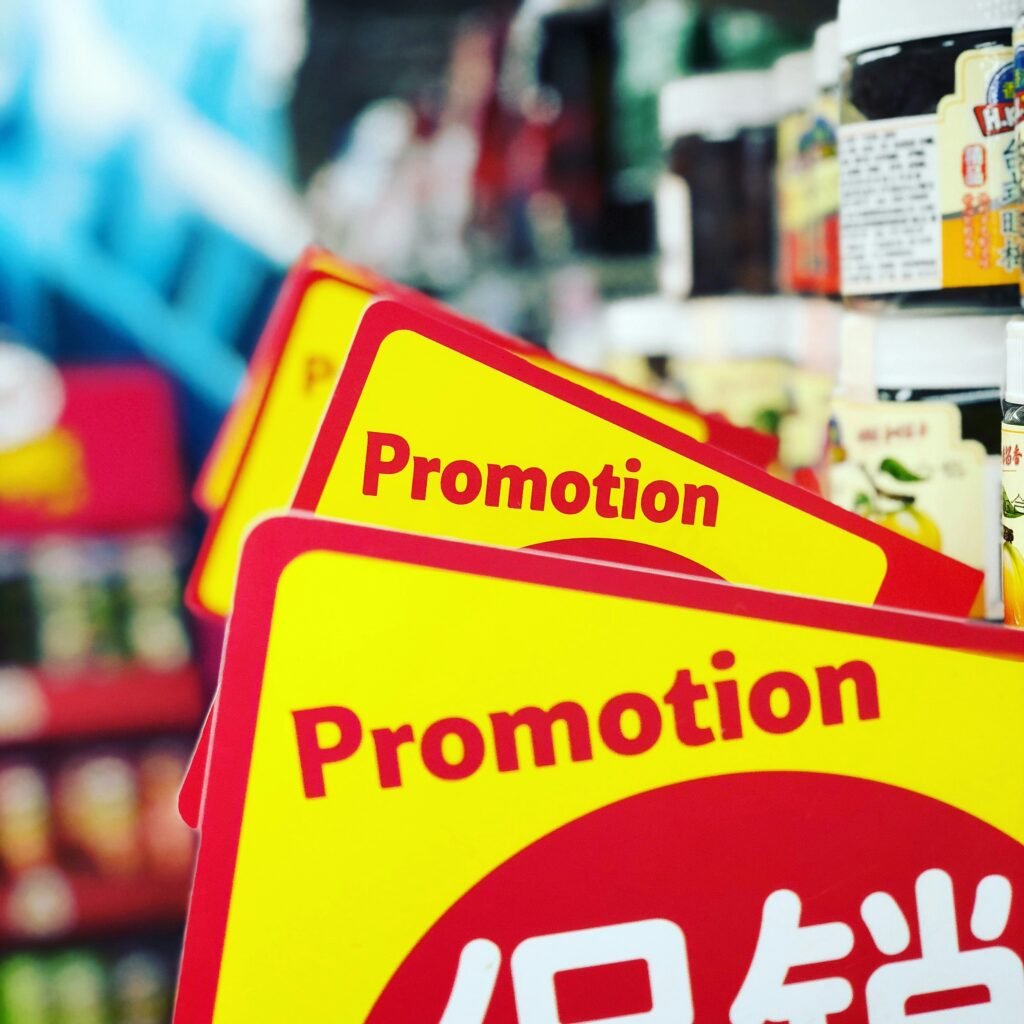
Understanding the Psychology of Sales Promotions
Sales promotions are intricately tied to consumer psychology. Various psychological principles influence how potential buyers perceive offers and make purchasing decisions. One fundamental concept is the principle of scarcity, which suggests that the limited availability of a product creates a heightened sense of urgency. This urgency can compel consumers to act quickly to avoid missing out on an opportunity, thus driving immediate purchases. For instance, promotional strategies such as “limited-time offers” or “while supplies last” effectively leverage this psychological trigger to boost sales.
Another essential aspect is urgency. Promotions that emphasize a time constraint, such as flash sales or countdown timers, encourage consumers to take swift action. The fear of losing out on a deal can accelerate decision-making processes, leading to increased conversion rates. This tactic can be particularly effective in digital marketing, where consumers can easily click through to make a purchase when faced with a ticking clock or dwindling stock numbers.
Perceived value also plays a significant role in consumer behavior towards promotions. Consumers evaluate the value of a promotion based on their beliefs about the product’s worth. When promotions offer clear savings, such as discounts or buy-one-get-one deals, they enhance perceived value. Loyalty rewards programs that provide customers with points or discounts on future purchases further enhance this dimension. Such strategies create a positive feedback loop: as customers save money, they feel valued, which strengthens brand loyalty.
Successful case studies illustrate these principles in action. Businesses that effectively implement these psychological strategies often see significant increases in both traffic and conversions. Understanding these psychological components enables marketers to design promotions that aren’t merely attention-grabbing but also fundamentally align with consumer behavior, enhancing the likelihood of converting visitors into loyal customers.
Crafting an Impactful Promotion Strategy
Developing a successful promotional strategy for an online sales platform requires a systematic approach that considers various elements. The first step is identifying your target audiences. Understanding who your potential customers are can be achieved through market research, surveys, and analyzing demographic data. By identifying characteristics such as age, interests, and purchasing behavior, marketers can tailor promotions that resonate with their specific audience segments, enhancing the likelihood of conversion.
Next, it is essential to set clear promotion goals. Goals act as benchmarks for evaluating the effectiveness of promotional efforts. Whether aiming to increase brand awareness, drive more traffic to the website, or directly boost sales, having well-defined objectives allows marketers to create focused campaigns. Goals should also be measurable, enabling the assessment of success through key performance indicators (KPIs) like engagement rates or sales numbers.
Determining the appropriate channels for reaching potential customers is another critical aspect. The choices can range from social media platforms, email marketing, and content marketing to paid advertisements. Each channel has unique advantages that align differently with various audience types. Utilizing a mix of channels often yields the best results, as it maximizes visibility and engagement across platforms where the target audience spends most of their time.
Moreover, analyzing metrics and collecting feedback plays a vital role in refining promotional strategies. By monitoring campaign performance, marketers can identify what works and what needs improvement. Metrics such as click-through rates, conversion rates, and customer feedback provide valuable insights into the effectiveness of promotional content.
Creating compelling promotional content that aligns with brand identity enhances engagement and encourages sharing across social media platforms. Striking the right balance between informative and persuasive language captures audience attention while motivating them to act. Ultimately, a comprehensive promotion strategy serves as the backbone for driving traffic and enhancing sales performance, empowering marketers to adapt and evolve over time.